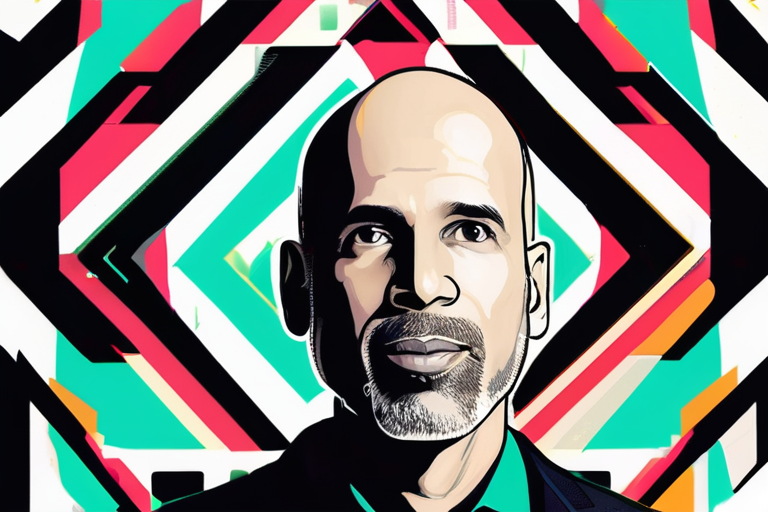Warner emphasizes the importance of looking beyond traditional patterns and instead focusing on the qualities and characteristics that are most likely to lead to success. "Pattern matching was born from the practice of identifying and backing founders who resemble previous success stories," Warner notes. "However, this approach can be limiting and may lead to the overlooking of talented entrepreneurs who do not fit the traditional mold." Warner cites the example of Suranga Chandratillake, General Partner at Balderton Capital, who notes that "funding gaps widen" when investors rely too heavily on pattern matching.
To find billion-dollar talent, Warner recommends that venture capitalists take a more nuanced approach, one that involves a deeper understanding of the entrepreneur's skills, experience, and vision. The first step is to look beyond the traditional metrics of success, such as revenue and growth rate, and instead focus on the entrepreneur's ability to innovate and adapt. "We need to start looking at the qualities that are most likely to lead to success, such as creativity, resilience, and a willingness to take risks," Warner says.
The second step is to conduct thorough due diligence on the entrepreneur and their team, including a review of their track record, network, and reputation. This involves going beyond the typical background checks and references, and instead seeking out more in-depth information about the entrepreneur's skills and experience. "We need to get to know the entrepreneur and their team, and understand their strengths and weaknesses," Warner notes.
The third step is to assess the entrepreneur's vision and strategy, including their ability to articulate a clear and compelling vision for their business. This involves evaluating the entrepreneur's ability to communicate their ideas and inspire their team, as well as their capacity to adapt and evolve in response to changing market conditions. "We need to understand the entrepreneur's vision and strategy, and assess their ability to execute and deliver results," Warner says.
The fourth and final step is to consider the entrepreneur's potential for scalability and growth, including their ability to build a strong team and attract top talent. This involves evaluating the entrepreneur's ability to scale their business and expand their market reach, as well as their capacity to adapt to changing market conditions. "We need to assess the entrepreneur's potential for scalability and growth, and evaluate their ability to build a strong team and attract top talent," Warner notes.
By taking a more nuanced and comprehensive approach to identifying and backing startup founders, venture capitalists can increase their chances of finding billion-dollar talent and achieving alpha returns. As Warner notes, "the key to success is not just about identifying the right entrepreneur, but also about creating the right conditions for them to succeed."



























Share & Engage Share
Share this article